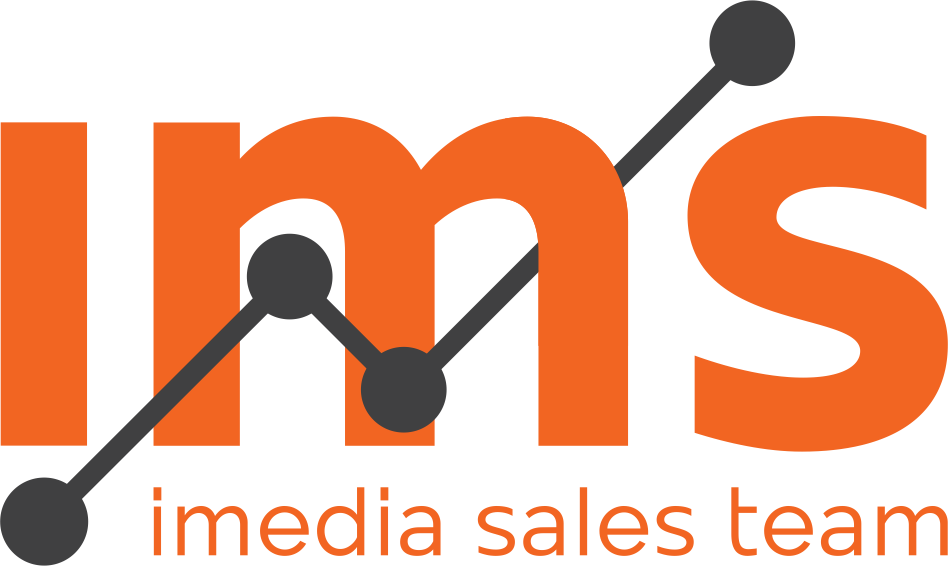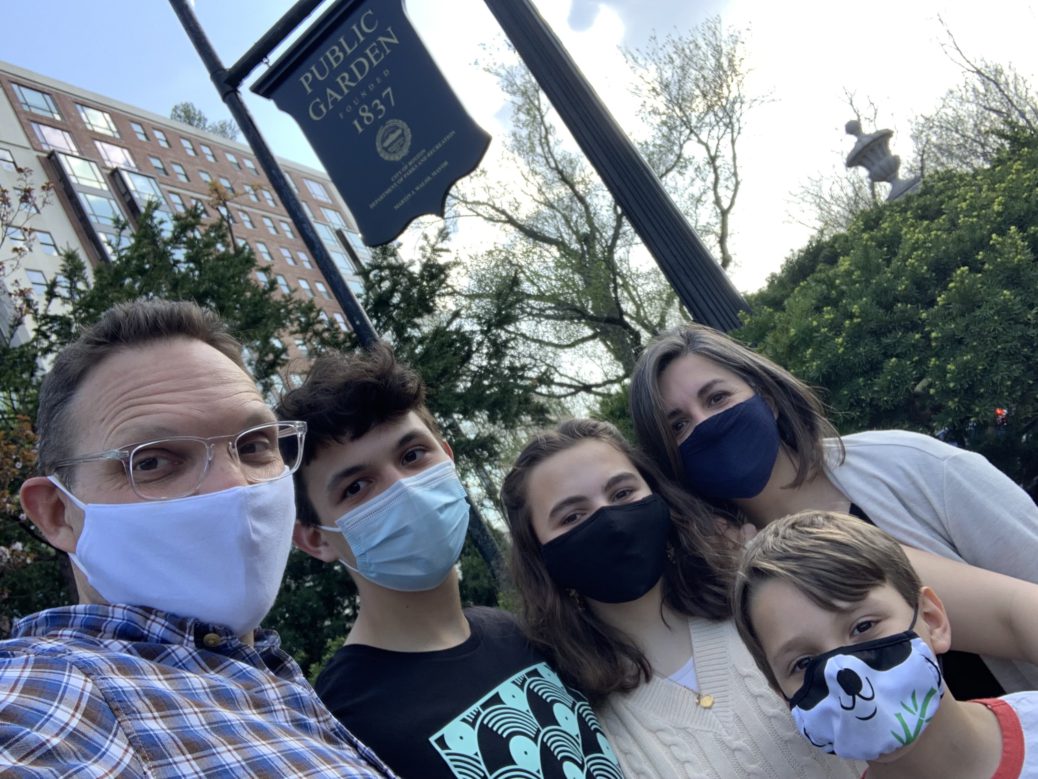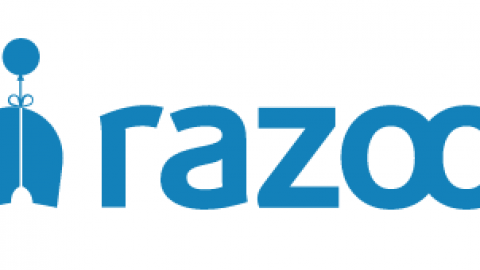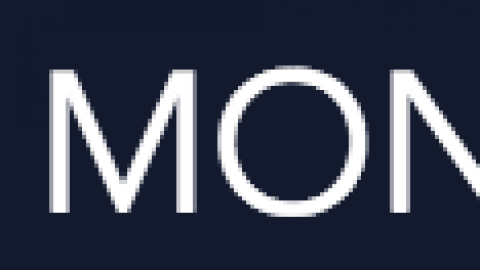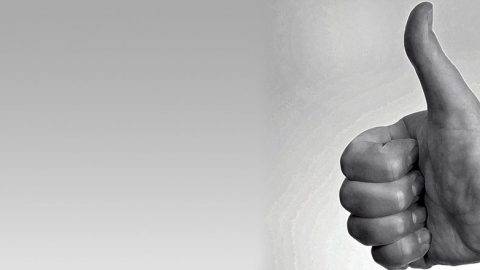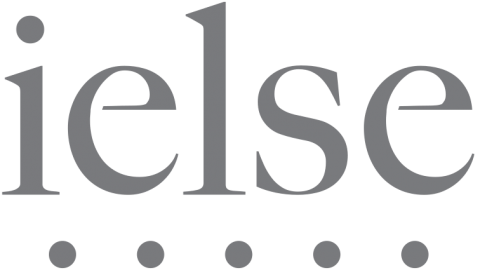An Advertising Roadmap for the Return to Normal
Communities and consumers are preparing for a ‘return to normal’ as summer months draw closer. This creates a huge opportunity for businesses to get in front of consumers while they are planning what they do and where they spend their time and money. As Harvard Business Review states, “We want to resume the activities we love, make progress, achieve our goals, and not let the pandemic prevent us from living our lives. Spending is a part of that.
Phase 1: March-May
This period is likely before the country opens up at large and before the larger overall COVID restrictions are lifted. We expect advertisers to let people know they’re open, what they’re doing
during the reopening period, and why someone should shop at their store.
Phase 2: May & June
With rampant vaccine rollout, May and June are expected to be a re-opening period for the majority of communities, producing a flood of foot traffic and a surge in spending. It’s a critical time for advertisers to give customers inspiration and offers. Businesses should differentiate themselves from their competitors during this time, providing a unique selling proposition. Aggressive offers and messages of perseverance over the pandemic are expected to stimulate spending. “Money will start to flow like lifeblood through the economy,” HBR asserts.
Phase 3: July – September
July through September, it’s expected everything will be widely open. It’s time for businesses to continue advertising their differentiators, convert customers, close sales, track results and take advantage of the recovery. By now, advertisers who have been branding themselves since spring will be in the best position to optimize their efforts for the late summer and fall, activating new customer loyalty strategies and working on their Q4 planning.
Best Practices
Leverage these tactics to reach potential customers
Phase 1
Advertise in March through mid-May while consumers are making decisions on where they will go and what they will do this spring and summer. The last 12 months have changed the way consumers interact with businesses and do their shopping. Let consumers know how to do business with you in this Phase and begin branding yourself to ensure you are top-of-mind throughout the spring and summer. This includes everything from what safety precautions you are taking to whether you have new hours, offerings, or ways of doing business. Keep your website and communication channels up to date on these changes. Consider stepping up your Local SEO efforts to gain visibility and installing a Chat Bot on your website to increase communication. Start targeting your best customers with programmatic display ads, branding your business and engaging your audience. Think about your customer’s comfort level and be clear on the best way to buy from your business.
Whether it’s getting a quote online, using a new e-commerce portal, drive-up or pick-up options, in-store caps on customers, or contactless interactions, make buying easy and advertise it often. Experts advise businesses to associate their brand with positive associations like perseverance, socialization, exploration, and celebration. Post-COVID, consumers are looking for the ‘win’ in the year-long
pandemic they’ve persevered through.
Phase 2
Differentiate your business in May and June. Tell customers why they should do business with you over the competition. What unique product or service do you offer? Do you have better customer service than your competition, a more customized approach, or a health-conscience shopping experience? A few great stats to consider:
- 67% of customers are willing to pay more for better customer service,
according to the International Council of Shopping Centers. - One in 5 customers seek customized products or services and will pay 20%
more for them. - Consumers are more likely to do business with companies who advertise h
they are protecting the health and safety of customers and employees.
Programmatic advertising is a great way to reach a customized audience interested in your product or service, as well as those in various stages of reemergence from COVID. Geo-fencing your competitor’s locations and nearby neighborhoods to conquest new customers is a must-have in your marketing
plan to ensure you are reaching your full market.
Phase 3
Create conversion opportunities. July through September is a period where everything will likely be open. It’s time to convert, close sales, track results, and take advantage of the recovery and stimulus.
Offer promotions and sales targeting current customers, competitors’ customers and your local neighborhood to ensure you’re maximizing your reach. Advertising experts advise brands to skip the platitudes and focus on recovery and resilience to help consumers spend or indulge in new products or services. Brands should also focus on affordable, value-packed products and services. Your digital ad mix should target those ready to buy your product with programmatic display while you continue conquesting and retargeting ads to drive results. If you followed this plan for spring and early summer, leads and sales should be keeping your business busy by now.
Targeting
Don’t take your customer base for granted. COVID has shaken customer loyalty to the core. The majority of customers experienced disruptions, tested new brands and encountered obstacles when buying over the last year. Make sure you are advertising to your Top 3:
- Past customers who want to know how and what you are doing.
- Nearby customers who want to support their local businesses.
- Look alikes of your best customers, down to their demos, behaviors, where they shop and what they are interested in.
Recommended Products
To set up your marketing mix for optimal results, there are 5 key strategies EVERY business should include:
Local SEO
Have you ever looked up a business online only to discover the information, hours or offerings were incorrect? Make sure that doesn’t happen to you and invest in optimizing your Google My Business Page for maximum traffic and results.
A ChatBot
63% of customers prefer messaging an online chatbot to communicate with a business or brand, according to G2Crowd. This allows your business to deliver prompt responses and capture leads.
Programmatic Display
Programmatic display is the best way to reach customers interested in your product or service, track their engagement and optimize for results.
Retargeting
Retargeting ads should include reasons to come back to your site and buy.
Device ID
Target your past customers, your neighborhood, and competitor customers alike through Device ID/geofencing options to ensure you are in front of the most relevant audience and tracking foot traffic or sales throughout your campaign.
Messaging
Experts advise businesses to associate their brand with positive associations like perseverance, socialization, exploration, and celebration. PostCOVID, consumers are looking for the ‘win’ in the
year-long pandemic they’ve persevered through.
Deals and Offers
Many industries are heavily offer-driven. Consider highlighting promotions or discounts to drive purchases in your messaging.
Showcase Value
Now more than ever potential customers are making decisions based on reputation and value. Focus messaging on differentiators, years in business, customer service, customer testimonials, and similar information.
Highlight Safety
Communicate how your business and staff are adhering to local guidelines while continuing to provide a service or product. Promote the different ways to interact with your business (online order, curbside pick up, appointments, etc.).
Case Study
Online Retailer
This retailer’s campaign saw an 18x return on investment leveraging Display.
Objective
The client’s main campaign goal was to increase the number of online orders for
multiple product lines.
Challenge
The biggest challenge the client had been facing was the ability to track revenue for previous advertising efforts. We recommended running a Display campaign on our network. Prospective
customers were targeted based on a custom list of zip codes in the local market, as well as interests exhibited in the products sold by the retailer.
Results
Over the five-month campaign, we served over 570,000 impressions with 433 clicks achieving a .08 click-through rate (CTR). We also recorded 1,074 post-impression conversions (.19% conversion rate) and tracked over $150,615 in revenue based on pixels implemented on the client’s conversion URLs. This gained revenue indicates an estimated 18x return-on-investment (ROI)!
